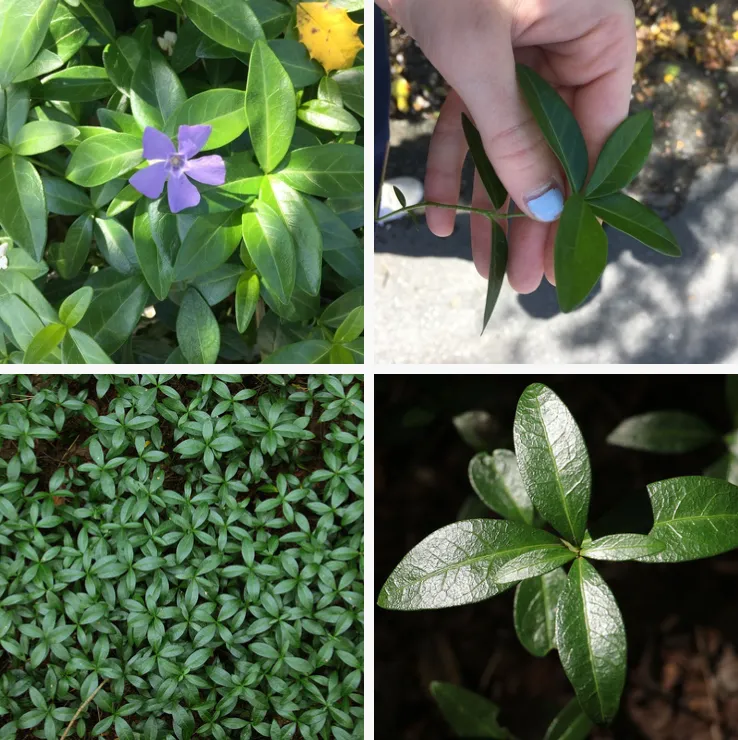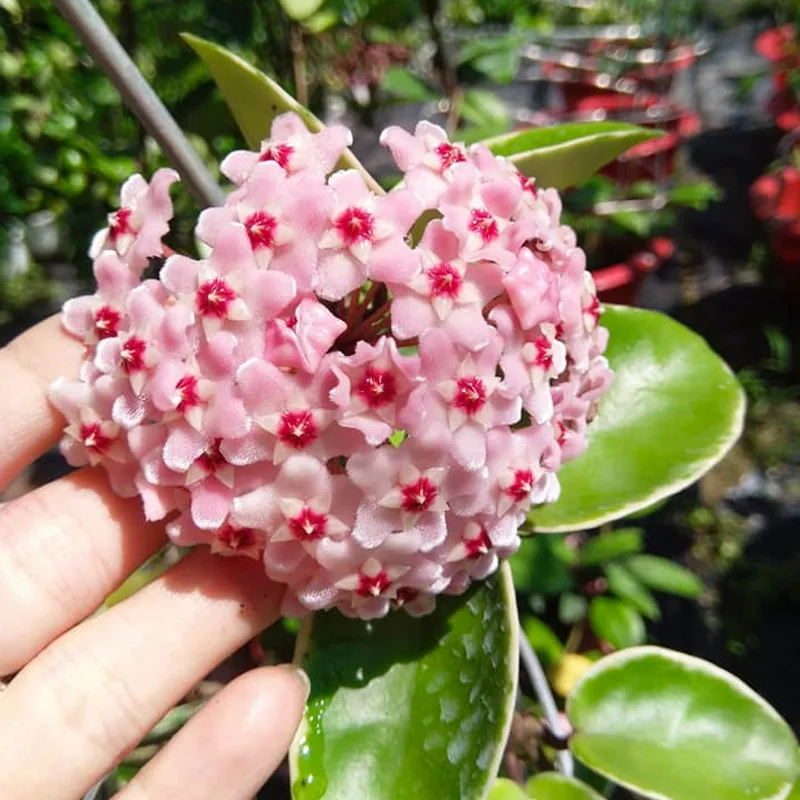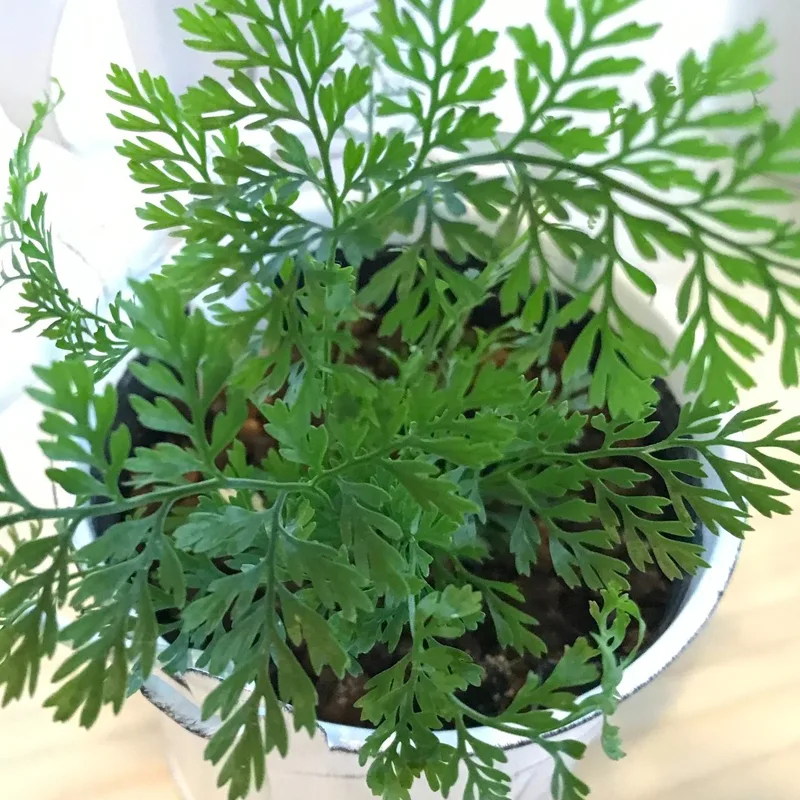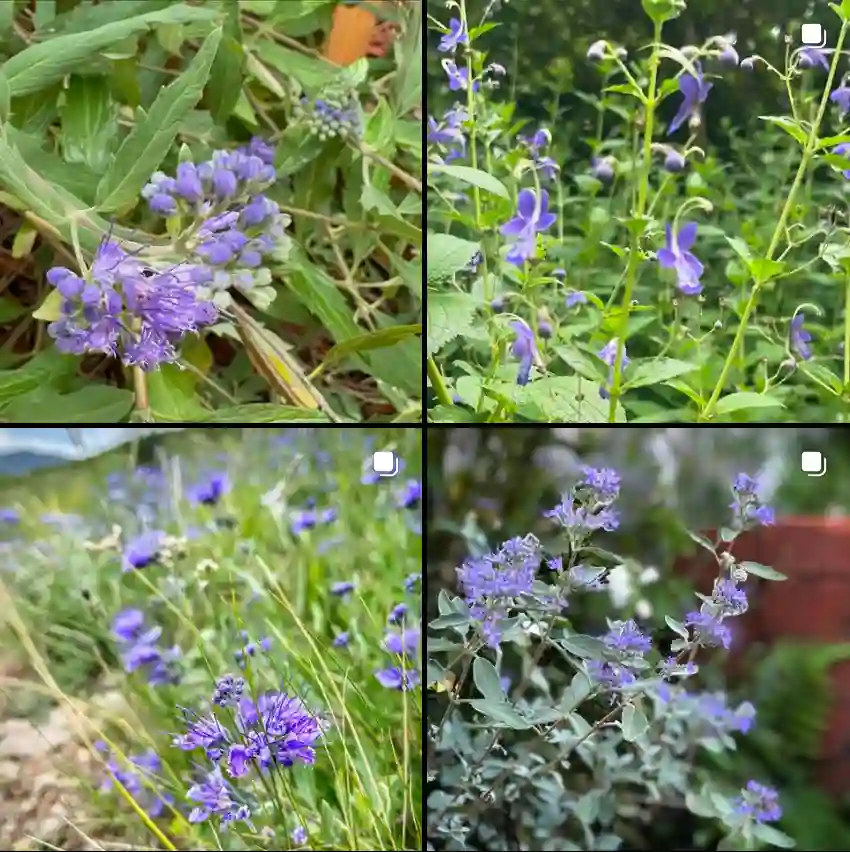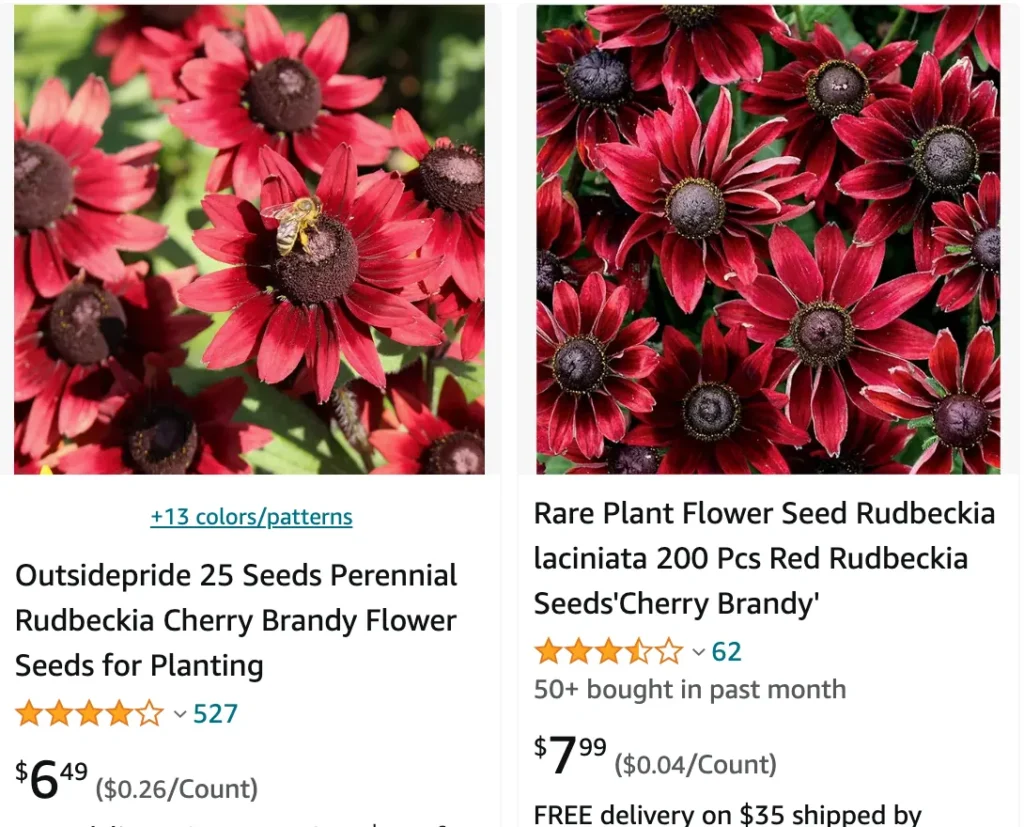
Growing and Enjoying Rudbeckia Cherry Brandy in My Garden
I’ve always loved adding vibrant and unique plants to my garden, and one of my absolute favorites is Rudbeckia Cherry Brandy. Its stunning cherry-red petals and robust nature make it a standout. Let me share some insights and tips from my experience growing this beautiful plant.
31 Species in Genus Rudbeckia
Is Rudbeckia Cherry Brandy a Perennial?
One of the first things I wondered when I discovered Rudbeckia Cherry Brandy was its lifecycle. Rudbeckia Cherry Brandy, botanically known as Rudbeckia hirta ‘Cherry Brandy’, is typically grown as an annual or biennial. In warmer climates (USDA Zones 9-11), it can act as a short-lived perennial. However, in my garden, which falls into Zone 6, I treat it as an annual. Despite this, it has a knack for self-seeding, so even though I plant it annually, it often surprises me with new blooms from previous years’ seeds.
Are Cherry Brandy Rudbeckia Invasive?
As a garden enthusiast, I’m always cautious about invasive species. Fortunately, Rudbeckia Cherry Brandy is not invasive. It can spread by self-seeding, but it’s relatively easy to manage. If you prefer a tidy garden, simply deadhead the flowers before they go to seed. This will also encourage more blooms throughout the season. In my experience, it’s a well-behaved plant that adds a touch of wild charm without taking over.
How Tall Does Rudbeckia Hirta Cherry Brandy Get?
One of the features I love about Rudbeckia Cherry Brandy is its size. This plant typically reaches heights of 24 to 30 inches, making it a perfect middle or background plant in my flower beds. Its height allows it to stand out among lower-growing flowers while not overshadowing taller plants. The sturdy stems support the large, daisy-like flowers beautifully, even in windy conditions.
How to Grow Rudbeckia Cherry Brandy?
Growing Rudbeckia Cherry Brandy is a rewarding experience, and it’s relatively easy even for novice gardeners. Here are some steps I follow:
Choosing the Right Location
I find that Rudbeckia Cherry Brandy thrives best in full sun, though it can tolerate partial shade. The more sunlight it gets, the more prolific and vibrant the blooms. Well-draining soil is essential, as it prevents root rot and other issues related to waterlogging.
Planting
I usually start my seeds indoors about 6-8 weeks before the last expected frost. This gives the seedlings a good head start. Once the danger of frost has passed, I transplant them into the garden, spacing them about 12-18 inches apart to ensure adequate air circulation and room to grow.
Watering and Fertilizing
While Rudbeckia Cherry Brandy is relatively drought-tolerant once established, I make sure to water the young plants regularly. I aim to keep the soil consistently moist but not soggy. During the growing season, I feed them with a balanced, slow-release fertilizer once a month to support robust growth and flowering.
Maintenance
Deadheading is crucial. By removing spent blooms, I encourage the plant to produce more flowers and prevent it from self-seeding excessively. If you’re in a region where it can survive as a perennial, cutting it back in the fall will help it conserve energy for the next season.
How to Care for Rudbeckia Cherry Brandy?
Caring for Rudbeckia Cherry Brandy involves regular monitoring and a few key practices:
Pest and Disease Control
Luckily, Rudbeckia Cherry Brandy is relatively resistant to pests and diseases. However, I do keep an eye out for aphids and powdery mildew. Using neem oil or insecticidal soap can help manage aphid infestations. Good air circulation and avoiding overhead watering reduce the risk of mildew.
Winter Care
In colder regions, after the first frost, I cut back the dead plant material and mulch the area to protect any seeds that might overwinter. If growing as a perennial, a layer of mulch can also help insulate the roots.
What to Plant with Rudbeckia Cherry Brandy?
Creating a beautiful garden involves thoughtful plant combinations. I like to pair Rudbeckia Cherry Brandy with plants that complement its rich color and growth habit. Here are some of my favorites:
- Echinacea (Coneflower): Their pink, purple, or white blooms contrast beautifully with the red Rudbeckia.
- Salvia: The blue and purple spikes of Salvia add a lovely vertical element.
- Coreopsis: Their yellow flowers provide a sunny counterpoint to the deep reds.
- Grasses: Ornamental grasses like Pennisetum or Miscanthus add texture and movement.
By mixing these plants, I create a dynamic and visually appealing garden that provides continuous interest from spring through fall.
How to Propagate Rudbeckia Cherry Brandy?
Propagation is another exciting aspect of gardening with Rudbeckia Cherry Brandy. While self-seeding is common, I also propagate it intentionally:
From Seeds
Collecting seeds from mature flowers is straightforward. I let the flower heads dry on the plant, then collect the seeds and store them in a cool, dry place. In early spring, I start the seeds indoors.
From Cuttings
Though less common, stem cuttings can be rooted in water or a moist growing medium. This method ensures that the new plants are true to the parent.
Growing Rudbeckia Cherry Brandy has been a delightful journey. Its striking appearance, ease of care, and versatility make it a must-have in any garden. Whether you’re a seasoned gardener or just starting, I highly recommend giving this beautiful plant a place in your garden.
If i die, water my plants!
